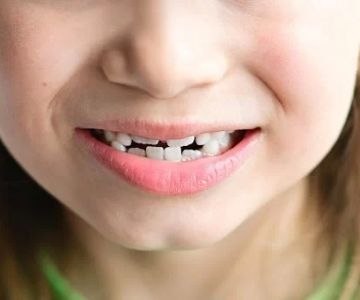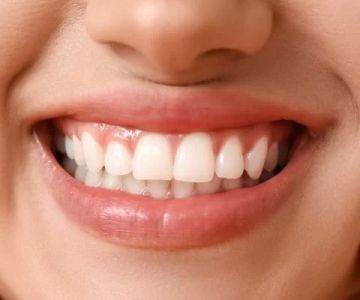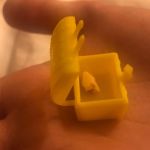- 1-Understanding-Dental-Sealants
- 2-Immediate-Care-After-Sealant-Application
- 3-Daily-Habits-to-Maintain-Sealants
- 4-Common-Mistakes-to-Avoid
- 5-When-to-See-Your-Dentist
1. Understanding Dental Sealants
Dental sealants are a protective coating applied to the chewing surfaces of the back teeth, designed to prevent cavities by sealing out food particles and bacteria. Knowing how to care for dental sealants after application is vital to ensure they provide long-lasting protection. Sealants are especially beneficial for children and teens but can also protect adults at risk of tooth decay.
2. Immediate Care After Sealant Application
Right after getting dental sealants, it’s important to avoid eating or drinking anything for at least an hour to allow the sealant to properly harden. Your dentist will guide you through this brief waiting period. Since sealants are durable but can be damaged if exposed to excessive force, avoid chewing hard foods or ice immediately after the procedure.
3. Daily Habits to Maintain Sealants
Maintaining good oral hygiene is essential for prolonging the effectiveness of your dental sealants. Brush twice daily with fluoride toothpaste and floss regularly to keep your teeth clean. Avoid sticky or hard candies that might chip the sealant. Drinking plenty of water also helps wash away debris and bacteria. Incorporating these habits into your routine supports both your sealants and overall dental health.
4. Common Mistakes to Avoid
Many people wonder how to care for dental sealants after application but often overlook important precautions. Chewing on pens, fingernails, or ice can damage sealants prematurely. Skipping regular dental check-ups means potential issues with sealants might go unnoticed. Also, neglecting proper brushing or flossing can lead to decay around the edges of the sealant, compromising its protective role.
5. When to See Your Dentist
Regular dental visits are crucial for monitoring the condition of your sealants. Dentists can detect early signs of wear or damage and repair sealants before cavities develop. If you notice any rough edges, sensitivity, or discomfort around a sealed tooth, schedule an appointment promptly. For professional advice and access to top dental care products, visit Dentistry Toothtruth to find the best solutions tailored to your needs.







 Gerald Middleton, DDS5.0 (284 review)
Gerald Middleton, DDS5.0 (284 review) Dr. Susan Erdman-Spain, DDS5.0 (1 review)
Dr. Susan Erdman-Spain, DDS5.0 (1 review) Freeport Kids Dental & Orthodontics4.0 (235 review)
Freeport Kids Dental & Orthodontics4.0 (235 review) Park Avenue Dental Associates4.0 (799 review)
Park Avenue Dental Associates4.0 (799 review) Kahala Modern Dentistry4.0 (29 review)
Kahala Modern Dentistry4.0 (29 review) Jeffersonville Commons Dental4.0 (236 review)
Jeffersonville Commons Dental4.0 (236 review) The Importance of Oral Health Education During Pregnancy for a Healthy Pregnancy
The Importance of Oral Health Education During Pregnancy for a Healthy Pregnancy Best Tips for Brushing Your Teeth Properly for Healthy Gums: Essential Techniques for Oral Health
Best Tips for Brushing Your Teeth Properly for Healthy Gums: Essential Techniques for Oral Health Why Skipping Dental Checkups Can Lead to Bigger Oral Health Problems
Why Skipping Dental Checkups Can Lead to Bigger Oral Health Problems Advantages of Porcelain Dental Restorations
Advantages of Porcelain Dental Restorations How Can Diabetes Cause Tooth and Gum Problems? Preventing and Managing Oral Health Issues
How Can Diabetes Cause Tooth and Gum Problems? Preventing and Managing Oral Health Issues Healthy Habits for Promoting Good Oral Health and Hygiene: Tips for a Healthy Smile
Healthy Habits for Promoting Good Oral Health and Hygiene: Tips for a Healthy Smile